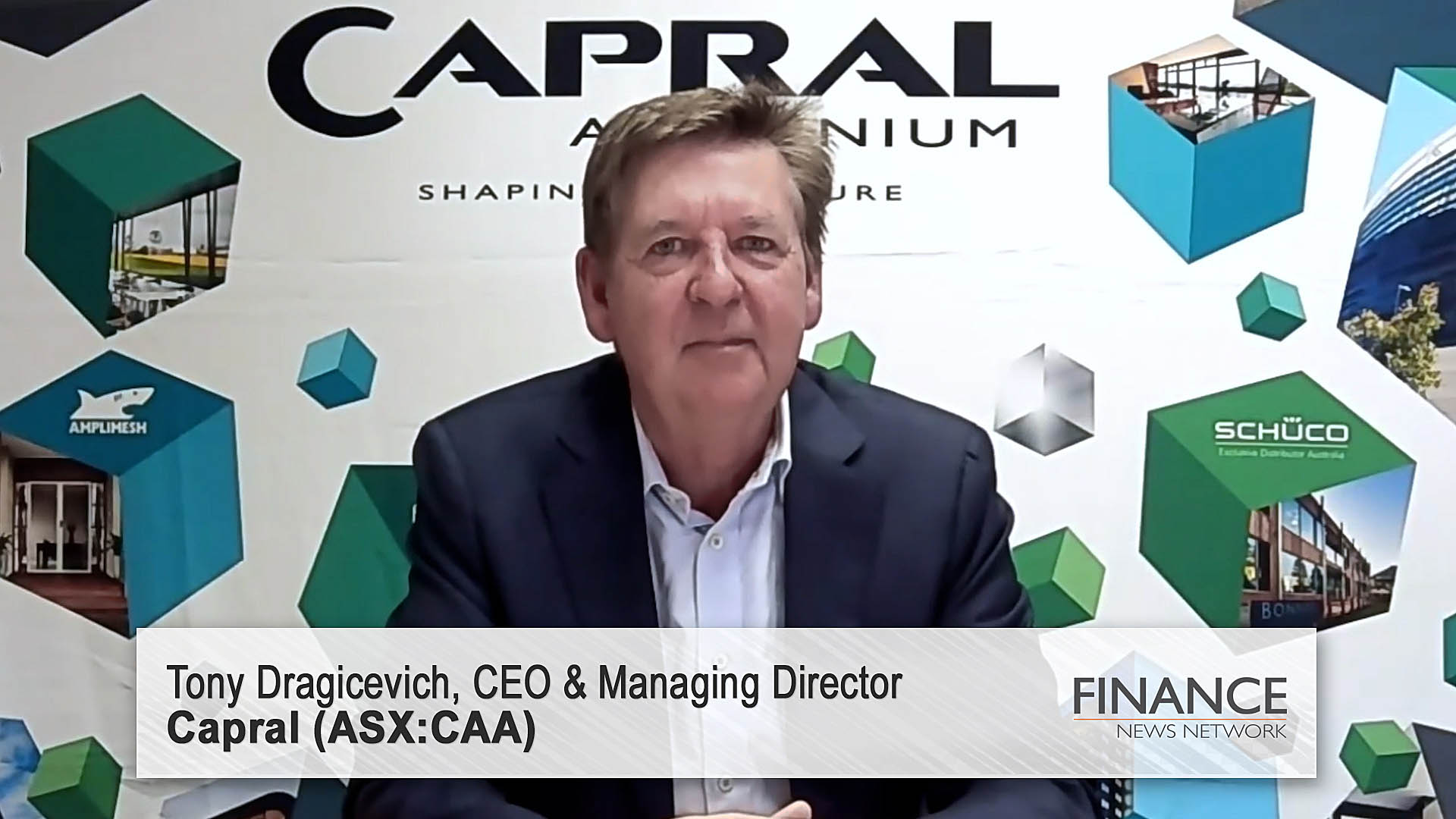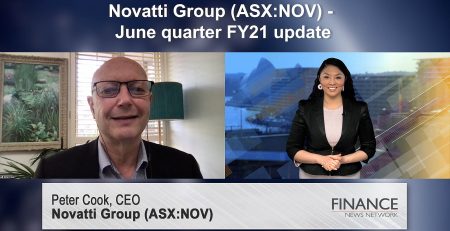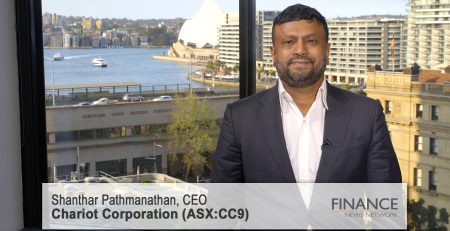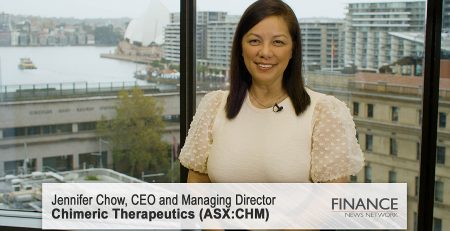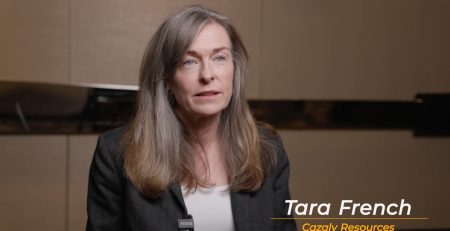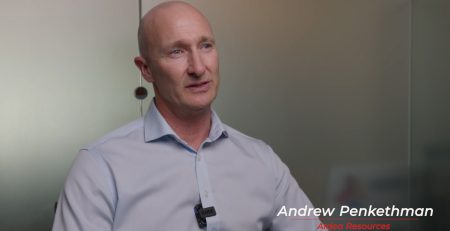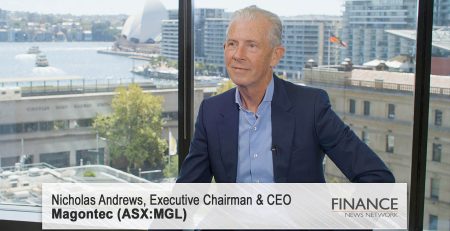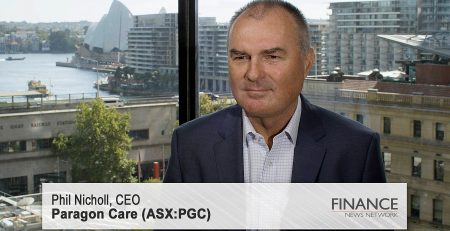Capral (ASX:CAA) FY20 results & outlook
Capral Limited (ASX:CAA) Managing Director Tony Dragicevich talks about the company's strong FY20 results despite COVID, its product mix, operating environment and outlook.
Melissa Darmawan: Hello. I'm Melissa Darmawan for the Finance News Network. Joining me from Capral (ASX:CAA) is Managing Director Tony Dragicevich. Tony, welcome to FNN.
Tony Dragicevich: Thank you, Melissa. Pleased to be here.
Melissa Darmawan: Firstly, Capral is Australia's leading supplier of aluminium products and solutions. What does that encompass?
Tony Dragicevich: Well, our core business is the manufacture and distribution of aluminium extrusions. We manufacture it through six plants around Australia and have 18 distribution centres nationwide. Capral employs close to 900 people. We are the only national operator in the aluminium distribution market in Australia with manufacturing plants as well. And we have around 26 per cent market share.
Melissa Darmawan: Now to your financial year '20 results, what were the highlights, starting with your financials?
Tony Dragicevich: Capral was able to operate its plants right through the right through the COVID period. However, in the second quarter of the year, we saw a significant reduction in order intake. However, in the second half of the year, once restrictions were lifted, the market bounced back quite quickly. The demand as the Australian economy came out of COVID, not only from the housing market, but also from the other industrial markets starting to lift, the demand for aluminium was quite strong, and our plants towards the end of the year started to run at full capacity. We were able to take advantage of the situation. We retained all of our people through that period and were able to respond to that increase in demand. So, we had a very strong… Overall last year our volumes lifted around 8 per cent to 61,000 tons. What people need to understand is that, in the Australia market, imported extrusion, primarily from Southeast Asia and mainly China, represent around 30 per cent of the market. So, when COVID hit, there was disruption to import supply lines as a result of that, and that certainly helped lift our results in the second half of the year. So our trading EBITDA for 2020 finished at 19.7 million. Very credible result. Up from the 11 million in 2019.
Melissa Darmawan: Now to your strategy and outlook. Where is the company headed?
Tony Dragicevich: There are a couple of key things that are going to underpin our volume for 2021 and in the years ahead. First of those is a very strong housing market, not only as a result of the housing stimulus packages that both the Federal Government and State Governments have provided, but also the very low interest rate environment that we're currently enjoying. Our key strategies in the year ahead will be to retain the import replacement volumes and the market share gains that we've enjoyed over the past six months. The second major point will be the growth of our aluminium distribution business. It is more profitable for us to grow our own aluminium distribution channel than what it is to grow other certain segments of the market. So, that's going to be a key focus for us in the next two or three years. The other area, as we announced earlier this year, is the acquisition of the Smithfield plant in New South Wales from one of our competitors. This plant is in very, very good operating order, strategically important for us. It's in the middle of our largest market in New South Wales. So, very well located. As far as our financials are concerned, just last week we announced an upgrade to our earnings forecast for the 2021 year, bearing in mind that we run a calendar financial year. So, for the 2021 calendar financial year for us, we're now forecasting a trading EBITDA of between 25 and 27 million. It's over 25 per cent up on what we achieved in 2020. So, we're looking for a very strong year. With Capral, the advantages we have, we have franking credits and tax losses, which is quite unusual. So our focus for shareholders over the years ahead is to pay good dividends. Fully franked good dividends on a continual basis.
Melissa Darmawan: And Tony, a question about the Allegro proposal, what was it and why was it terminated?
Tony Dragicevich: Early last week, we announced that Allegro Funds, an Australian private equity business, had made a cash offer for the business, subject to due diligence, for $7 a share. The board made the decision to put that offer in front of shareholders. We spoke with our major shareholders, and we have five institutional shareholders that make up around half our total stock holding. And the overwhelming response from those five shareholders was that they felt that $7 undervalued the business. After the announcement and after earnings got upgraded, our shares traded close to the $8 mark. We gave Allegro the opportunity to increase their bid, but they felt that the expectations of our major institutional shareholders was at a higher level than what they were prepared to pay at this point in time.
Melissa Darmawan: Tony Dragicevich, thanks for the update and congratulations on the strong results.
Tony Dragicevich: Thank you very much, Melissa. It's been a pleasure.
Ends
Copyright 2021 – Finance News Network
Source: Finance News Network

